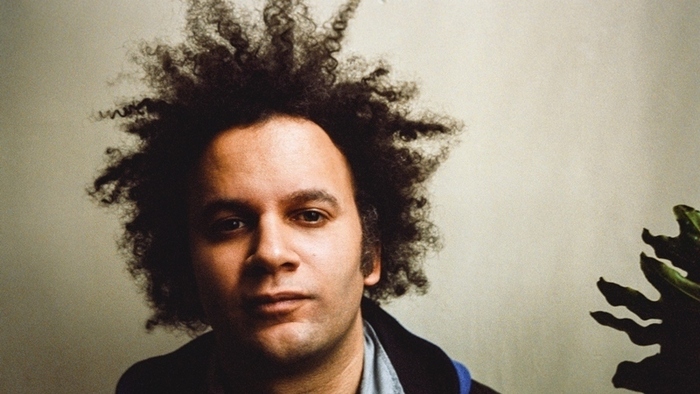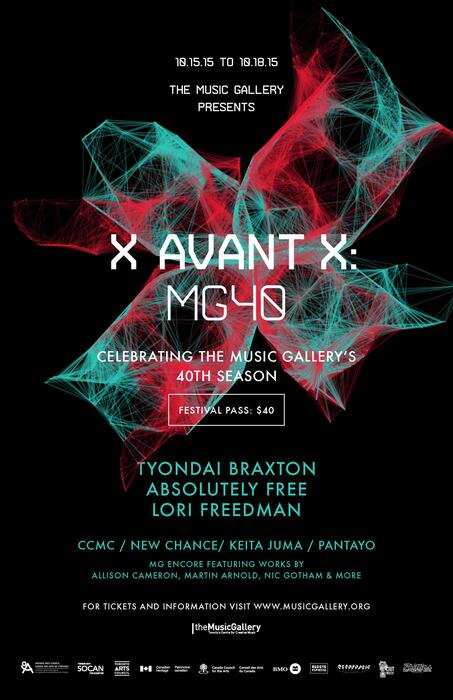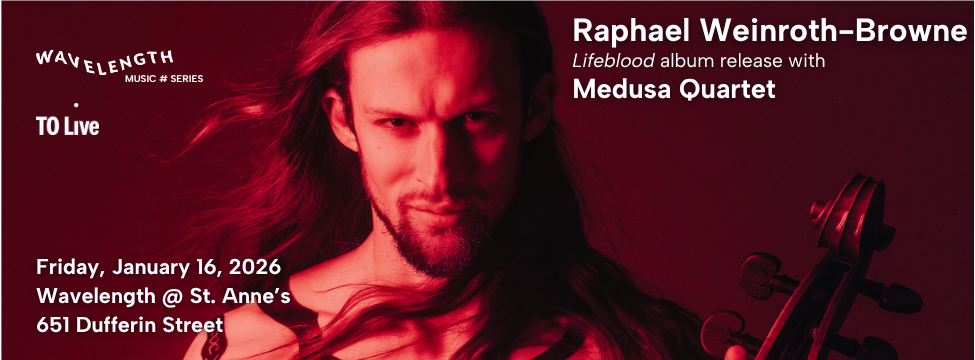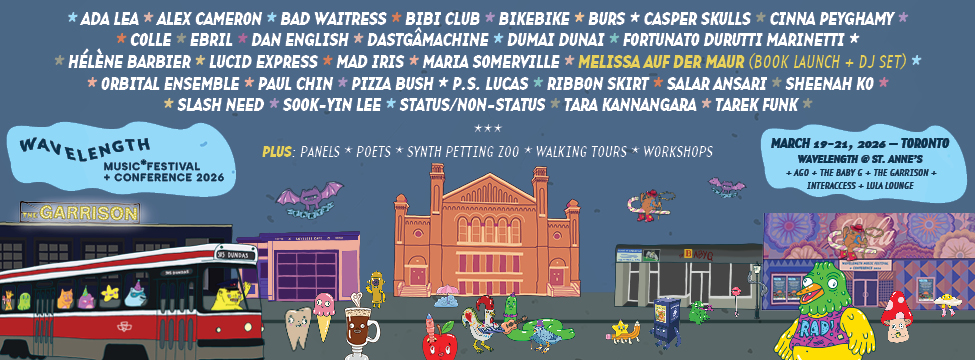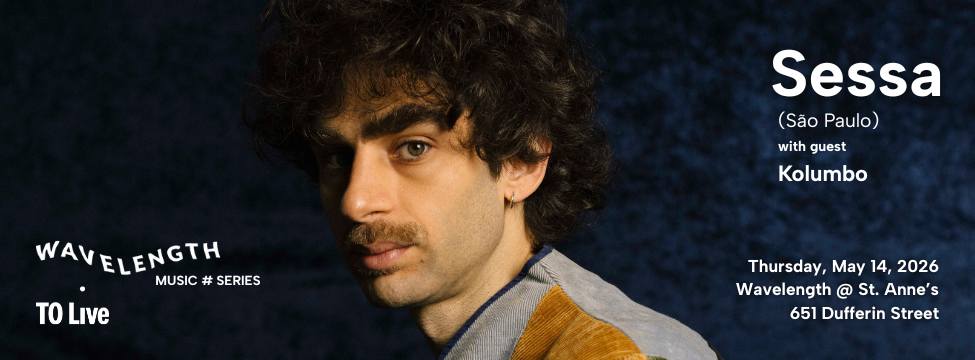It was either a fortuitous coincidence, or cosmic intervention, on March 21, 2013, when Tyondai Braxton’s HIVE, a new work for percussion and electronics, had its world premiere in the rotunda of Frank Lloyd Wright’s cylindrical Guggenheim Museum in New York. HIVE—which was later performed at the Sydney Opera House, the MONA FOMA festival in Tasmania, and London’s Barbican Centre—was created as a live multimedia piece that was part architectural installation and part ensemble performance. Five performers sat cross-legged atop their own space-age oval pods designed by Danish architect Uffe Surland Van Tams; each pod was programmed to complete the sonic mood of the piece with ever-changing LED light emitting through its perforated wooden walls. The piece derived its name, as Braxton told London’s Guardian, because “there’s a very social aspect to what’s happening in this project. Technologically speaking, the performers of the piece are very connected together.”
The same night as the Guggenheim premiere, 20 blocks south, Karlheinz Stockhausen’s Oktophonie, a 70-minute electronic work depicting an epic battle between the forces of the archangel Michael and Lucifer, had the first of nine performances at the Park Avenue Armory. It was after attending Stockhausen’s work later that week—part narrative ritual, part spatial and environmental experiment—that Braxton reconsidered the music he had just premiered, and now wanted to take further, and deeper.
Written and recorded throughout 2013 and 2014, HIVE1 marks a new direction for Tyondai Braxton: his first album in six years, since 2009’s Central Market, and his first recording for Nonesuch, where he joins formative influences such as Morton Subotnick and John Adams. Most significantly—after having several of his large-scale orchestral works performed by the Los Angeles Philharmonic, London Sinfonietta, and Wordless Music Orchestra—HIVE1 is the composer’s first fully realized work of purely electronic music since his earlier loop-based music in the early 2000s, and an unmistakable swerve away from Braxton’s signature materials and musical concerns to date.

